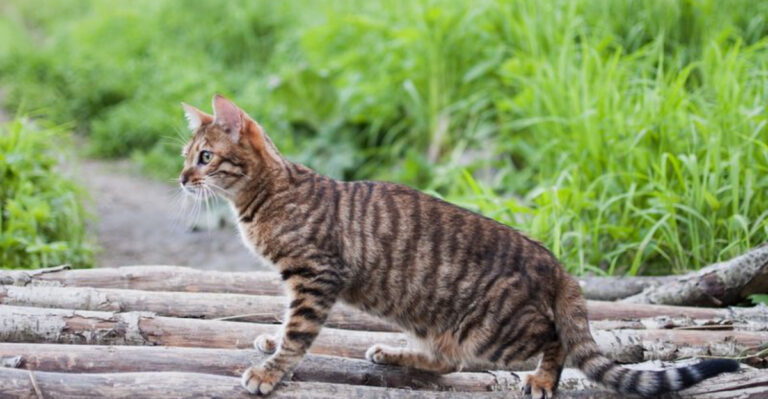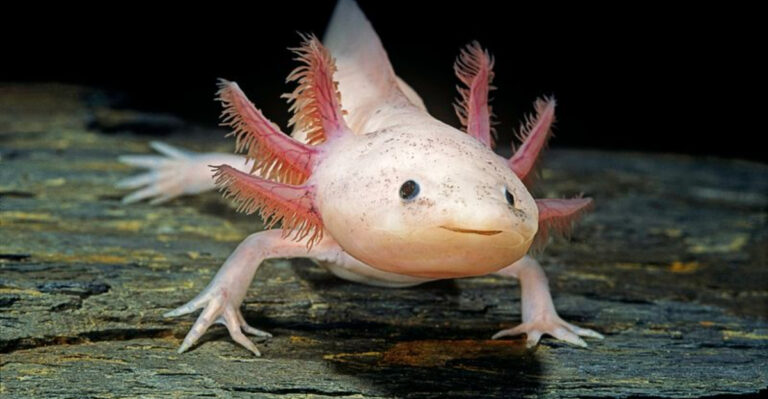11 Foods Apes Most Commonly Eat That Are Key To Their Diet
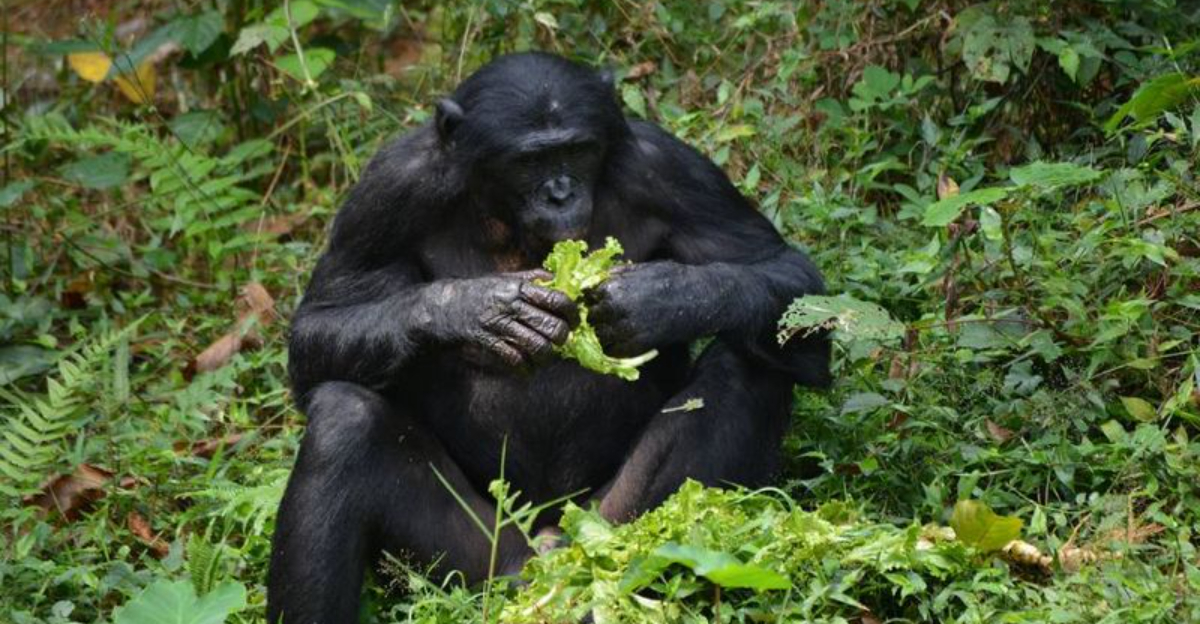
Apes are fascinating creatures with complex dietary habits that have evolved over millions of years. Their food choices directly impact their survival, social structures, and even forest ecosystems.
Understanding what apes eat gives us valuable insights into their behavior and helps conservation efforts protect their natural food sources in the wild.
1. Juicy Fruits

Wild apes devour fruits with unbridled enthusiasm, often traveling miles to find their favorites. Figs, in particular, are prized treasures in the forest.
Orangutans carefully select ripe durians and mangoes, while chimpanzees organize group trips to fruit-rich areas. These sweet treats provide quick energy and essential vitamins that fuel their active lifestyles.
2. Tender Leaves
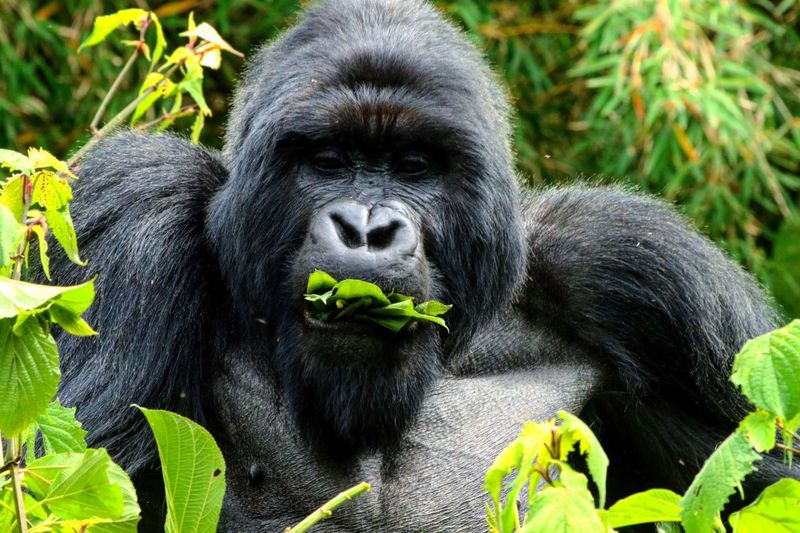
Mountain gorillas transform into gentle giants when munching on fresh leaves. Their massive bodies require pounds of greenery daily to meet nutritional needs.
Young leaves are preferred for their softness and higher protein content. During fruit shortages, these leafy alternatives become crucial survival food, with some gorillas consuming over 60 different plant species.
3. Crunchy Insects
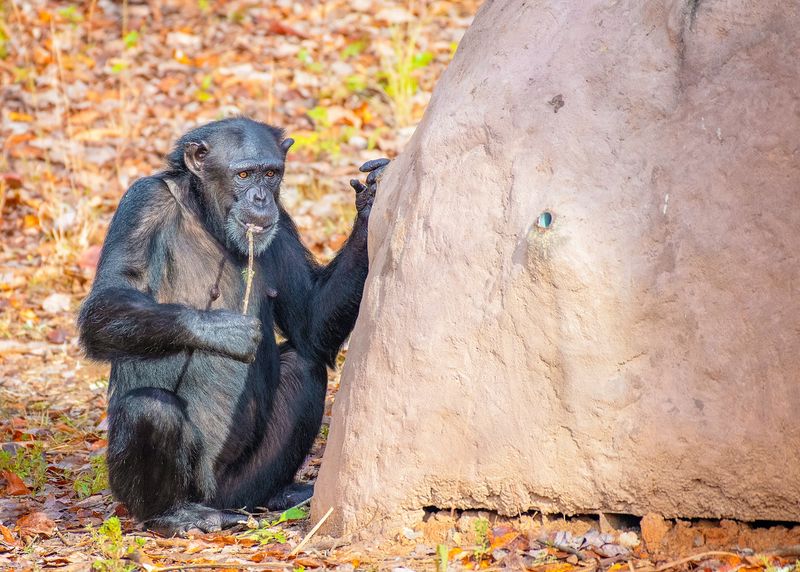
Watching a chimpanzee fish for termites using a carefully crafted twig tool is witnessing primate ingenuity at its finest. These tiny creatures provide critical protein that plant foods alone cannot offer.
Ants, termites, and grubs might seem unappetizing to us, but for apes, they’re delicious treats worth the effort of complex extraction techniques passed down through generations.
4. Fibrous Bark And Pith
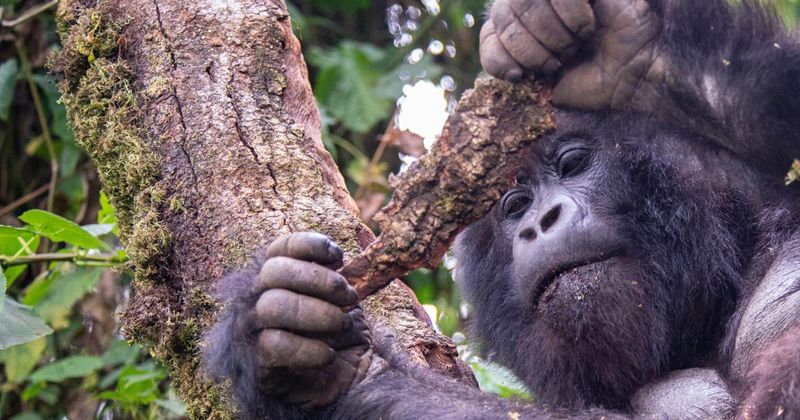
When fruit becomes scarce, western lowland gorillas turn to the inner layers of trees for sustenance. Their powerful jaws easily strip bark to reach the nutrient-rich cambium layer beneath.
The soft pith inside stems provides both hydration and nutrients during dry seasons. This resourceful feeding strategy helps apes survive seasonal food shortages when their preferred foods disappear.
5. Golden Honey
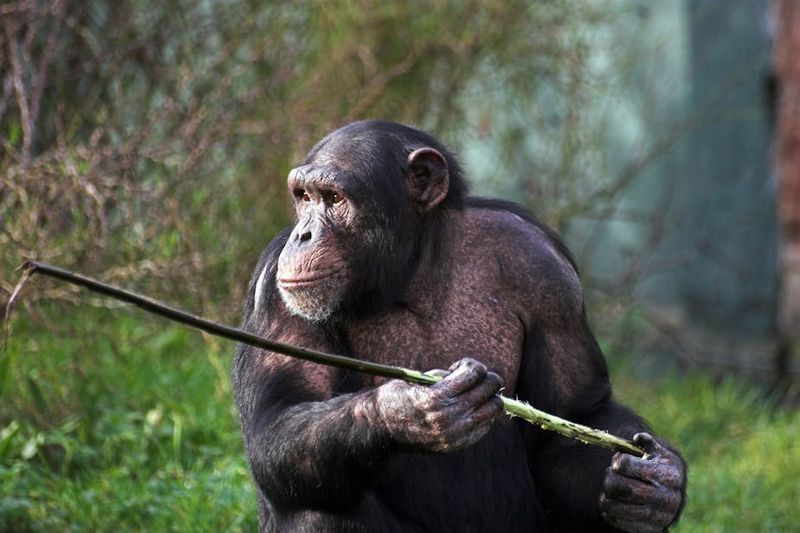
Braving angry bees for a taste of honey shows just how far apes will go for this liquid gold. Chimps have been observed using crushed leaves as sponges to soak up honey from hives.
This calorie-rich treat provides immediate energy during long foraging days. The sweet reward apparently justifies the painful stings that often accompany honey raids in the wild.
6. Nutritious Seeds
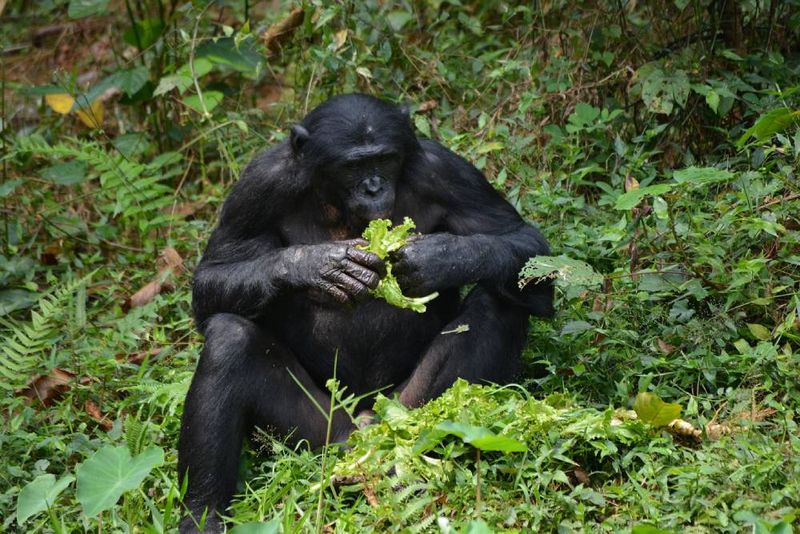
Seeds pack surprising nutrition into small packages, offering concentrated energy for active apes. Bonobos crack open tough seed pods using their impressive dental arsenal.
Rich in healthy fats and proteins, these miniature nutritional bombs support brain development and overall health. During certain seasons, seeds become dietary staples when preferred fruits aren’t available, showing apes’ remarkable dietary flexibility.
7. Delicate Flowers
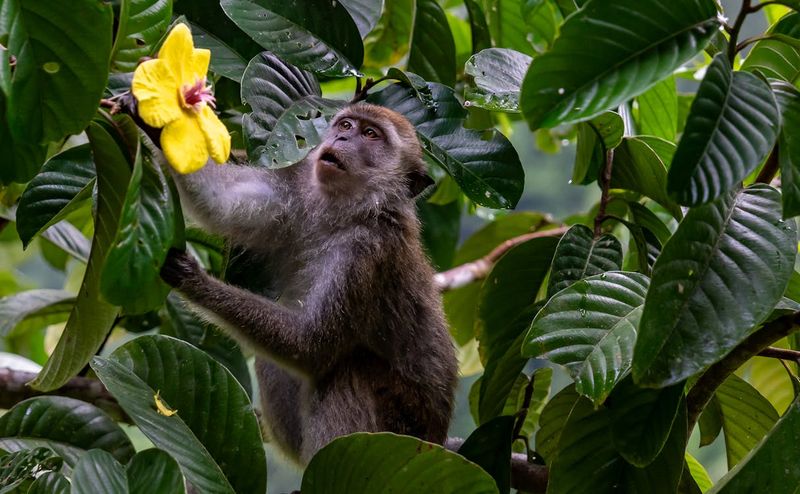
Gibbons move with balletic grace through treetops, pausing to pluck colorful blossoms during flowering seasons. These ephemeral treats offer variety to their diet and contain unique nutrients not found elsewhere.
Orangutans have been observed savoring flower nectar with almost human-like appreciation. Beyond nutrition, these floral feasts may provide medicinal benefits scientists are still working to understand.
8. Crunchy Nuts

Stone tools in chimpanzee hands become nutcrackers, showcasing remarkable problem-solving skills. These intelligent primates select specific rocks as hammers and anvils to access hidden nutmeats.
The calorie-dense rewards inside tough shells provide essential fats for brain health. Some chimp communities develop unique nut-cracking techniques, creating distinct cultural traditions passed through generations like family recipes.
9. Starchy Tubers And Roots

Digging beneath forest floors reveals hidden food treasures that sustain apes during lean times. Chimps use sharp sticks to unearth these starchy staples when preferred foods become scarce.
These underground plant parts store energy in the form of complex carbohydrates. Savvy apes sometimes wash their root findings in nearby streams before consumption, removing dirt and possibly bitter compounds.
10. Small Vertebrates
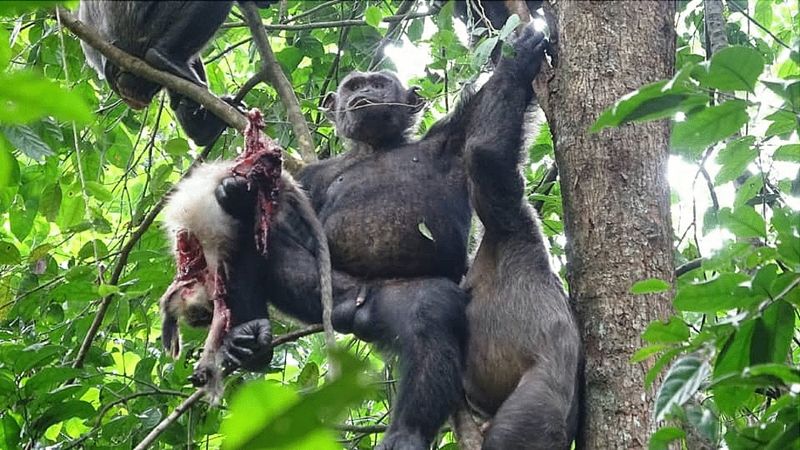
The forest falls eerily quiet when chimps organize hunting parties for monkeys or small mammals. These rare but nutritionally significant meals provide concentrated protein unavailable from plant sources.
Hunting behaviors reveal complex social dynamics as meat is shared among group members. Though making up a tiny percentage of their overall diet, these protein-rich feasts appear to hold special social significance beyond mere nutrition.
11. Mineral-Rich Soil And Clay
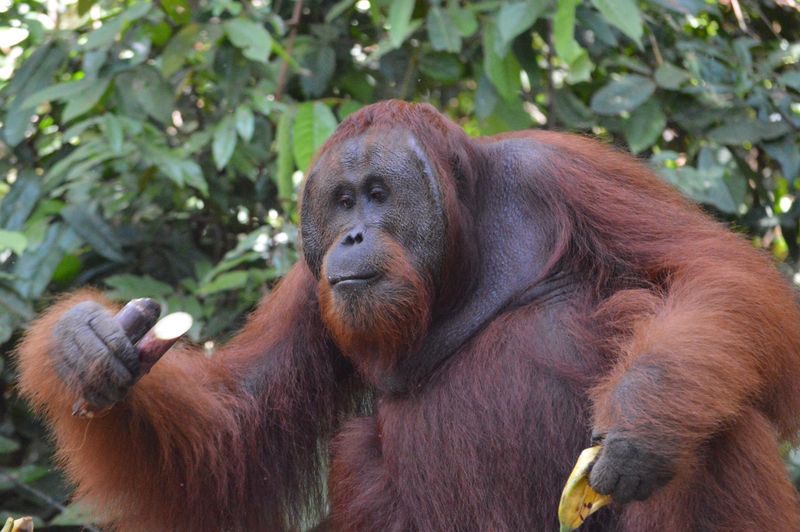
Orangutans occasionally pause their fruit feasting to consume handfuls of forest soil or clay. This curious behavior, called geophagy, serves as a natural pharmacy for these intelligent apes.
The earthy substances absorb toxins from their diet and provide essential minerals. Some researchers believe this practice helps neutralize harmful compounds found in certain fruits and leaves, showing the remarkable nutritional instincts these animals possess.



